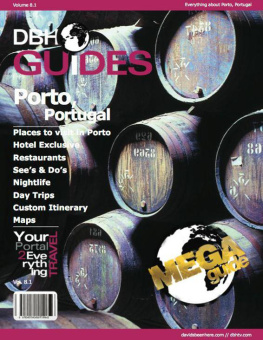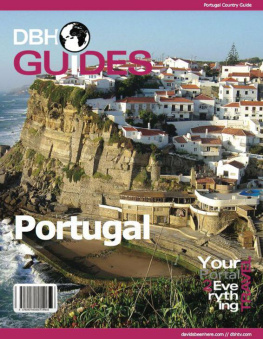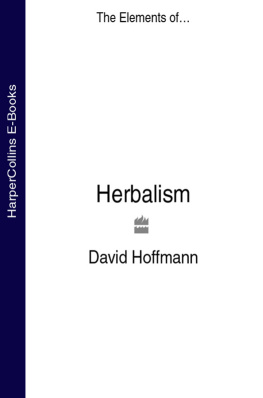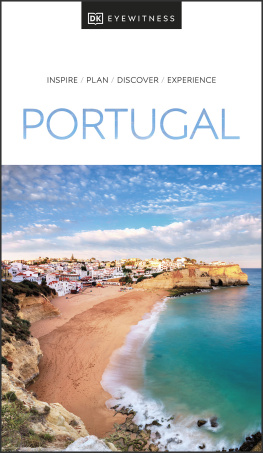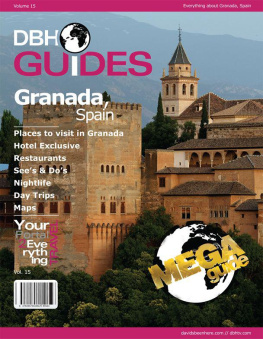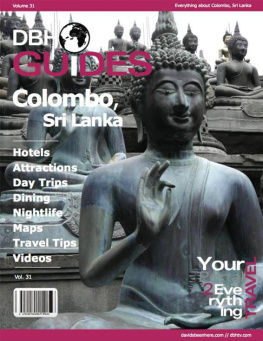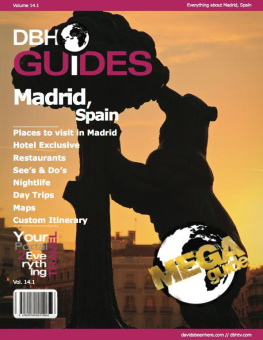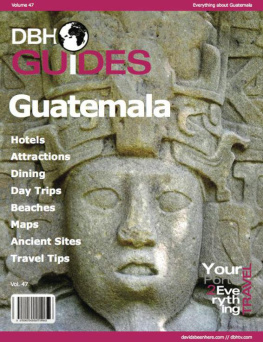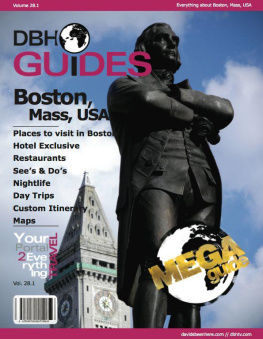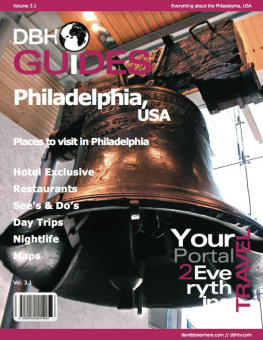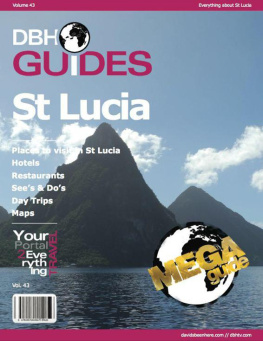Table of Contents
____________________________
Country Intro
____________________________

Brief History
____________________________
The Portuguese Republic is the westernmost country of mainland Europe and is situated on the Iberian Peninsula. Further to the west, the Azores and Madeira archipelagos also form part of the Portuguese Republic. Like its neighbor Spain to the east, Portugal has been inhabited for millennia since the Stone Age. Later on, Celtic tribes that migrated from central Europe came to control much of the Iberian Peninsula for more than six hundred years until the arrival of the Romans in the year 218 BC. The Romans were attracted to the fertile soil and Atlantic Ocean access that the western lands could provide them, thus the Latin title Portus Cale (Big Port) was born.
Fast forward to the Middle Ages, when an Islamic force from North Africa began conquering the peninsula then known as Hispania and establishing kingdoms collectively known as Al-Andalus. The Moors dominated the land until the centuries-long Reconquista movement (718-1492) eventually drove them out of Spain and Portugal for good. During the Reconquista, several Christian kingdoms were able to emerge. At first, Portugal formed part of the Kingdom of Galicia, but eventually gained its independence. On June 25, 1139, Afonso Henriques proclaimed himself the first monarch of the land, becoming King Afonso I of Portugal.
Weather
____________________________
Portugal has a temperate, Mediterranean climate with a particularly wet winter season. During the summer months, visitors enjoy 11 to 12 hours of sunshine and breezy conditions, especially in coastal cities like Lisbon and Porto. Areas north of the Tagus River are hilly while the land south of the Tagus is flat. Portugal is an ideal destination for Americans. In less than seven hours one could fly from New York City to Lisbon, and the country boasts hundreds of unforgettable experiences. With a host of stunning beaches, megalithic sites, energetic cities, wineries and medieval castles, who would ever want to leave?
Culture
____________________________
Portuguese culture is a unique blend of folk traditions that vary by region. The arts, particularly music, form a huge part of the national identity. Fado music is by far the most iconic genre of Portuguese music. Characterized by passionate lyrics about love and loss, a melancholy tone and seductive guitar sounds, a live Fado show is a cant miss experience when in Portugal.
Cuisine
____________________________
While largely influenced by its position in the Atlantic Ocean, Portuguese gastronomy varies significantly by region, giving foodie lovers reason to rejoice. While the Southeastern Alentejo region is known for its aromatic soups and pork dishes, the Centro region is known for its hearty goat recipes. Lisbon packs a punch with a remarkable selection of fresh seafood and scrumptious pastries like the famous Pastel de Belm tart. No trip to Portugal is complete without sampling some of the countrys renowned wines. Few know that Portugal actually produces more types of wine than Spain. In recent years, wine tourism here has boomed due to the abundance and rich flavors of wines like Port, Bairrada, Verdelho, Verde, Bucelas, Ribatejo and Douro.
City Intro
____________________________

Gilded cathedrals, old buildings clinging to hillsides, angular modern architecture and of course, sweet Port wine all greet you in Porto, Portugals second largest city. Overlooking the Douro River, Oporto, as it is known in English, was founded as an important port city between Lisbon and Braga.
With its hilly streets and medieval flair, the city serves as a link between the modern day and the more ancient traditions. In the last twenty years, improvements to the Metro and bridge systems have modernized the city but the historical churches, squares and monuments still retain their old-world charm. One of the most ancient European cities, its city center was classified as a World Heritage site in 1996. The center consists of the outer Protected Area, a 14th-century Romanesque wall, and the inner Classified Area, a medieval borough.
On every street corner, visitors will find numerous monuments, including the She Changes sculpture by Janet Echelman on the Waterfront Plaza of Matosinhos, that prove Portos reputation as an artsy and architectural city.
The city is also well known for its biggest export, Port wine. Produced exclusively in the Douro Valley, this sweet, fortified wine is typically served with dessert, and can be found at many of the restaurants in town.
Walking is the best way to explore the city and its historic stone buildings. Public transportation makes it easy to get around Porto. The citys Metro network has five lines and is complimented by a network of buses, trams and trolleys. Another option is to take a cruise along the Douro River and see central Porto from another perspective while taking in its six bridges.
Nestled along the Mediterranean, Portos climate features warm, dry summers and cool, rainy winters. During the summer, the nearby beaches provide a refreshing escape from the heat of the city. In winter, high temperatures average 57F (14C) and it rarely reaches freezing. During the summer, highs hover around 74F (23C) on average, with lots of sunshine.
In this guide, you will find all of the attractions I recommend for Porto. I experienced all of them during my visit to Portugal in November 2010. As part of a new feature in our 2012 DBH Guide series, at the end of this guide you will find a sample itinerary for your trip.
The following websites are invaluable resources for first-time visitors:
www.visitportugal.com
www.portugal.com
www.portoturismo.pt
www.gooporto.com
Hotel Infante Sagres
__________________________________

In the center of Porto is Hotel Infante Sagres, an icon of design and the citys leading boutique hotel. Located meters away from City Hall, this five-star hotel offers all the usual amenities while being located in the middle of the UNESCO World Heritage Site. The Hotel Infante Sagras is also just a short walk from the stellar art district, the river and numerous bars and shops.

The hotel was built in 1951 as a guesthouse for a textile manufacturers clients. Since then, it has hosted the Dalai Lama, Prince Edward of England, the Queen of the Netherlands and the music legend, Bob Dylan. It was completely refurbished in the 1990s and was brought up to modern hotel standards.
The interior is reminiscent of an elaborate palace with polished stone, stained glass, tile work and baroque design. The 73 elegant European-style rooms feature large living spaces, antique furniture and warm accent colors. Rooms also have large en-suite bathrooms, double glazed windows, and local and satellite TV.
The hotels amenities include breakfast, safe deposit boxes inside each of the rooms, baby sitting services, childrens facilities, concierge, banquet halls, a doctor on call, dry cleaning, a gift shop, internet access including WiFi, laundry service, elevator, non-smoking rooms, and 24-hour room service.

Next page
